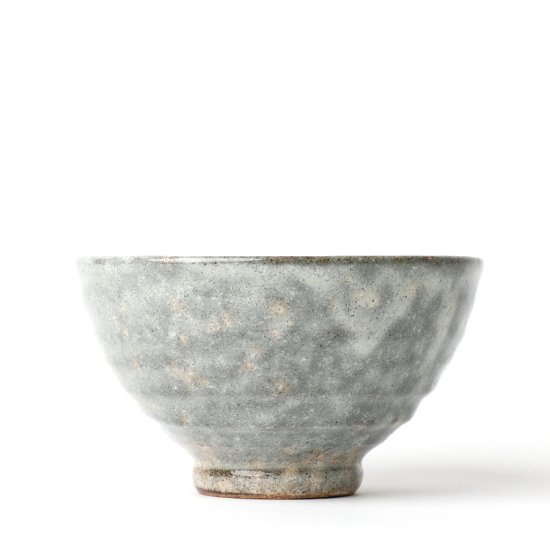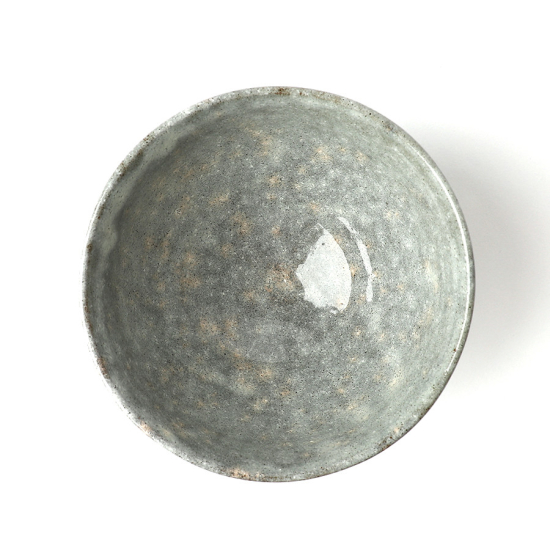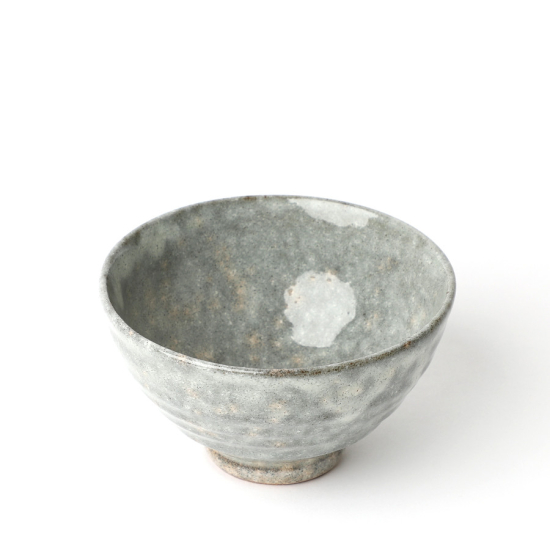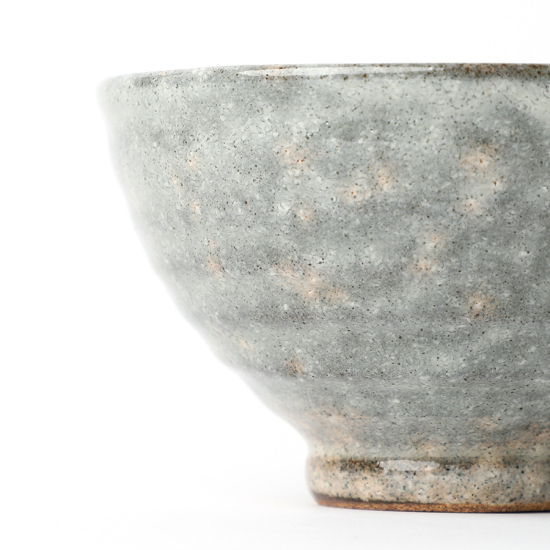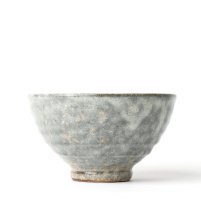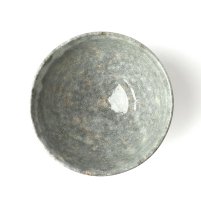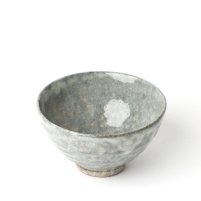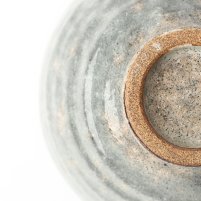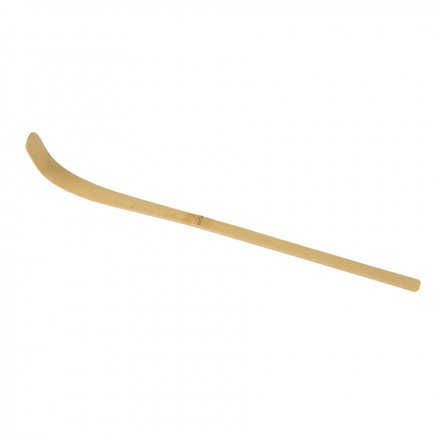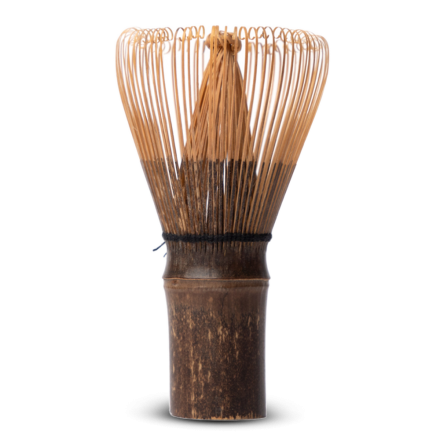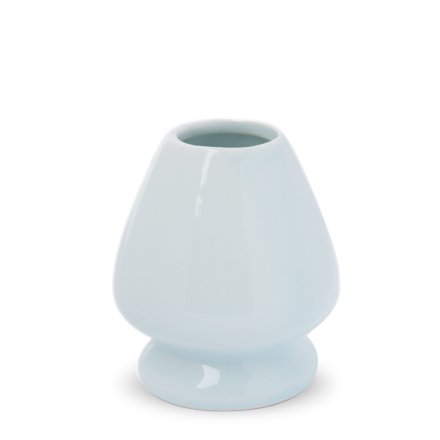Mino-yaki 美濃焼
Produced in the historic Mino province, present-day Gifu prefecture, Mino-yaki has a long ceramic history dating back to the 11th century, and since the 19th century has specialised in porcelain for everyday crockery. Mino ceramic production developed in correlation with that of Seto, in neighbouring Aichi prefecture, which was the location of one of the legendary Six Ancient Kilns of Japan. A variety of styles and glazing techniques were produced in Mino following the Japanese tea ceremony or chanoyu boom in the Momoyama period (1573–1615), including yellow Kiseto, black Setoguro and Tenmoku glazes, as well as Shino and Oribe wares.
Kohiki 粉引
Modelled after Korean Buncheong wares (also known as Mishima in Japanese) that were developed at the beginning of the Joseon dynasty (1392-1910), Kohiki is a traditional technique where a dark, iron-rich clay body is dipped into a white porcelain slip, over which after drying, a thin layer of translucent feldspar or ash glaze is applied. The name kohiki means “ground powder” and alludes to the fine powdery coating of the glaze. In Japan, the Kohiki style became popular amongst samurai warrior-tea men of the late 16th century, and more recently, has come to be incorporated into Karatsu ware. The more Kohiki ware is used, the more it develops its character: the colour may grow a little darker and develop tiny crackles – these natural changes are appreciated as keshiki (literally “scenery”) by pottery lovers.



